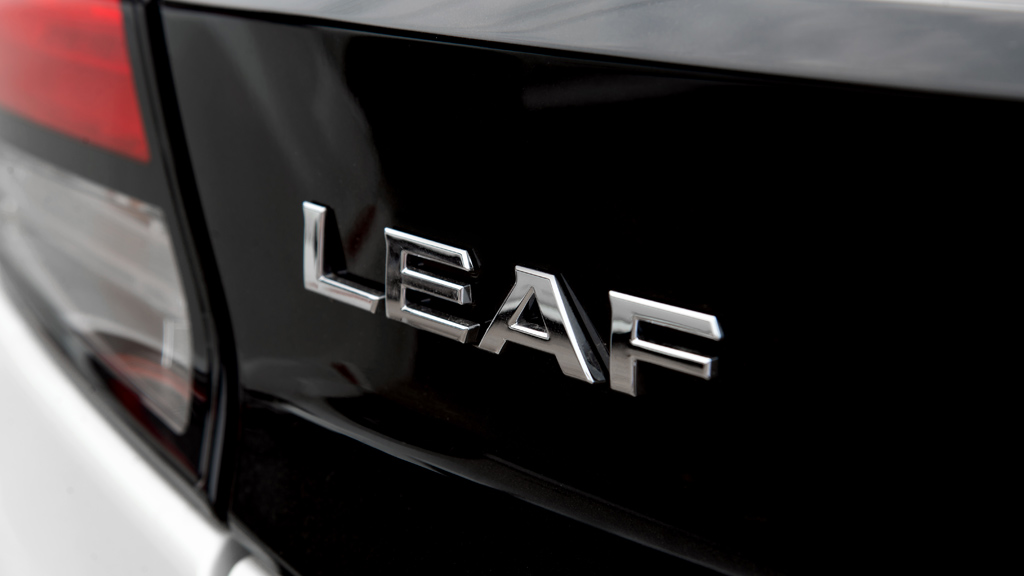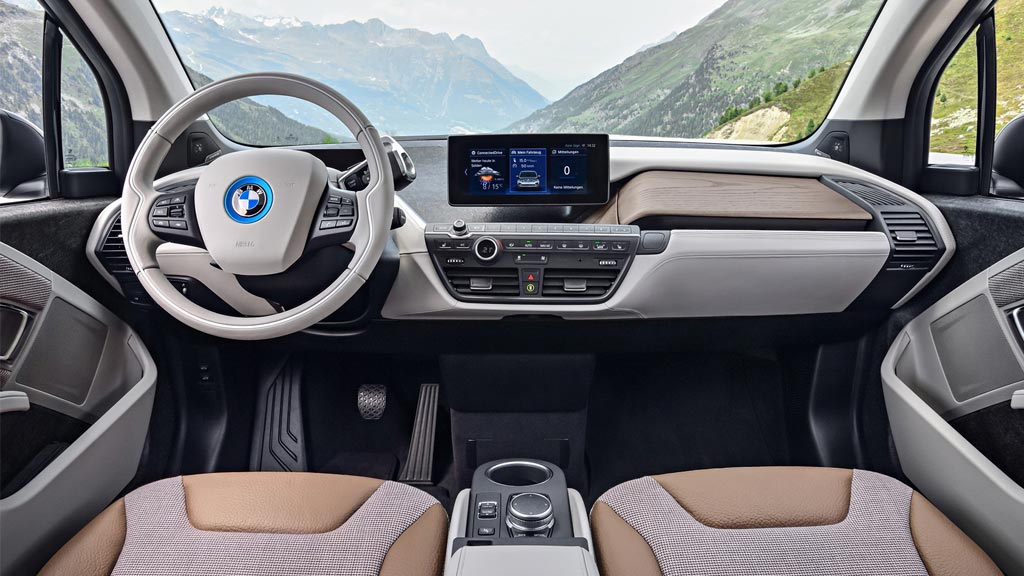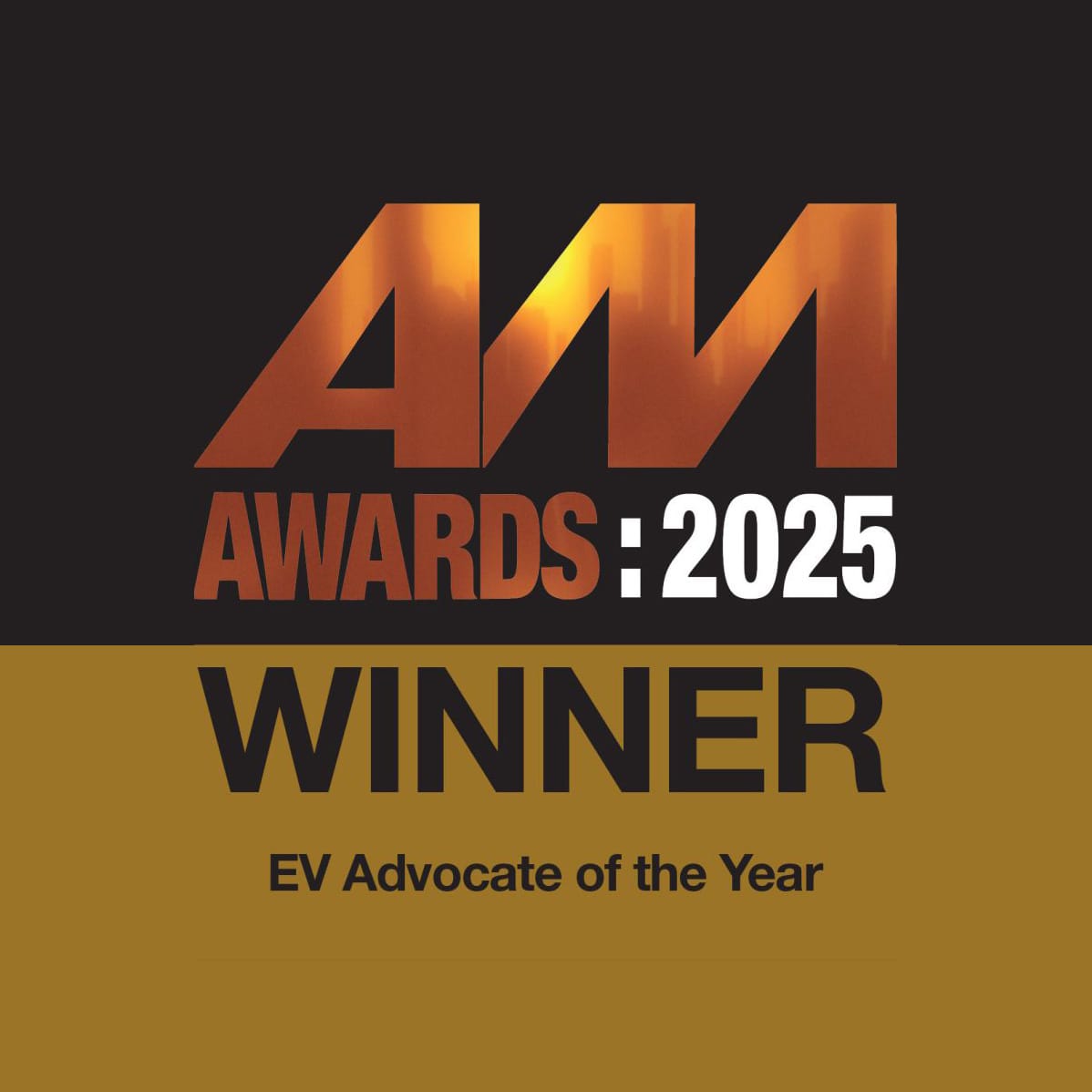At Drive Green, we love driving electric cars. There are many differences that make the EV driving experience an improvement on the conventional car. If you want to know how an EV drives the best thing you can do is take one for a test drive.
Your First Drive in an Electric Car
What you will notice straight away
EVs are automatic
Most EVs do not have a gearbox. This makes for very smooth power delivery and instant power when required.
EVs are very quiet
When you are driving an EV it’s a very peaceful driving environment. There are very few conventional vehicles that can compete on noise levels.
EVs feel very smooth
With no clutch, no gears, and no noise an EV will glide along in comparison to a conventional vehicle.
EVs feel surprisingly fast
Contrary to some people’s beliefs EV performance is normally better than the equivalent combustion vehicle. Some of the fastest cars in the world are electric vehicles.
It’s still a car
There’s nothing scary or confusing about driving an EV. If you can drive a conventional car then you can drive an electric car.
Just use the form below and get in touch, arrange a test drive or just give us a call to chat.













